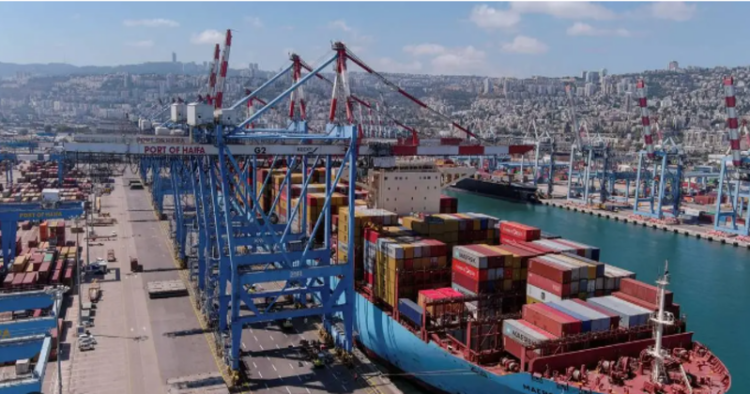Amidst the myriad of achievements attributed to Narendra Modi’s tenure as India’s prime minister, perhaps none shine as brightly as the nation’s infrastructure. From the construction of tens of thousands of miles of motorways to the inauguration of fast intercity trains and the expansion of urban metro lines, Modi’s administration has left a mark on India’s transportation landscape. Yet, beyond these tangible developments lies a silent but equally important transformation in sectors that often escape the public eye but profoundly impacts the lives of citizens. One such sector undergoing a remarkable metamorphosis is India’s ports. Behind the scenes, these vital gateways to international trade have witnessed substantial enhancements in capacity and efficiency under Modi’s leadership.
The changes happening in India’s ports aren’t just by chance; they are instead strategic and align with the broader economic aspirations of governement. Modi’s government wants India to be a big player in manufacturing and selling them to other countries. They also want India to be an important link in the world’s supply chains. To achieve these ambitious goals, world-class ports are really important. India’s maritime sector is really important. It’s responsible for almost all of the country’s trading activity, making up 95% of what’s traded by how much there is and 65% by how much it’s worth. So, improving and making our ports bigger and better is super important because it can help us do even more trade and make our economy stronger.
Under Modi’s leadership, India’s ports have been significantly improved. This includes investing in better infrastructure, using new technology, and making operations more efficient. Big ports can now handle more goods, making it easier to move them around and speeding up the process. By using digital tools and automation, work has become quicker and smoother, making it easier for businesses to trade.
Furthermore, steps have been taken to connect ports with different types of transportation systems, like roads, railways, and waterways. This makes it easier for goods to move between ports, nearby areas, and factories. By doing this, India can compete better with other countries in the world market.
In this aspect, another important project is the Sagarmala Programme. Its goal is to make ports better and boost development in those areas. It focuses on investing in better connections between ports, creating special economic zones along the coast, and developing clusters of maritime activities. The aim is to make the most of India’s maritime economy, which will help grow the economy, create jobs, and develop regions along the coast.
An important focus has been on improving the business environment at ports. Acknowledging the importance of cutting bureaucratic red tape and making procedures more efficient, reforms have been put in place to simplify customs clearance, port approvals, and regulatory processes. These changes not only make Indian ports more competitive but also draw increased investment and support trade facilitation.
Modi’s government is focusing on making rivers and coastal areas useful for moving goods. They’re improving rivers to make them easier for boats to navigate. Projects like the Jal Marg Vikas Project are making these changes happen. This shows the government is serious about using waterways for transportation.
Apart from improving buildings and roads, Indian ports are also getting better at using computers and technology to work faster and be more competitive. Programs like the Port Community System (PCS) and Direct Port Delivery (DPD) make it faster and cheaper to share information and handle cargo electronically. Additionally, the introduction of new online systems and websites simplifies access to real-time updates for everyone involved in the maritime sector. This makes things more clear and involves people more.
As more people around the world care about how things affect the environment, efforts to lower carbon emissions, reduce pollution at ports, and encourage eco-friendly practices have become more important. India is also investing in eco-friendly port buildings, using clean energy like solar power, and making strict rules to protect the environment. This shows India wants to grow its economy while also taking care of the planet for the future.
Modi’s government has been working with other countries to learn from them, share ideas, and get support to make our ports better. They’ve made agreements with different countries and groups, like the Indian Ocean Rim Association (IORA) and the International Maritime Organization (IMO) to help each other and work together on maritime issues. This collaboration helps us learn new things, build our capacity, and cooperate with others in the maritime sector.
To sum up, the changes happening in India’s ports under Modi’s leadership are about more than just building things. They’re part of a big plan to make India’s ports better at competing with other countries, working more efficiently, and taking care of the environment. By making ports modern, making it easier to do business there, using digital technology, and working with other countries, India’s ports are getting ready to help the economy grow, make trade easier, and achieve the goal of being a top global maritime hub in the 21st century.


















Comments